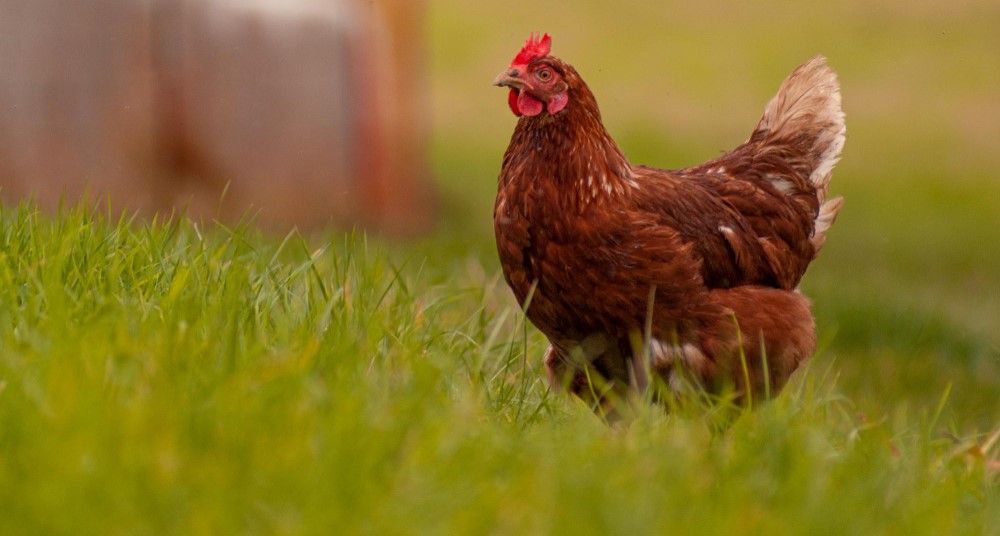The problem of chicken feather waste is not small.
Each year, an estimated 70 billion chickens are killed for their meat, with billions more dying when they are no longer productive in the egg industry.
The result of all those dead birds is a massive quantity of feathers which are either incinerated (adding to greenhouse gas emissions) or a buried in landfill.
This expensive and environmentally damaging situation may now have found a solution thanks to chemical researchers from the Czech Republic who have found a way to use the feathers as a raw material for the production of fertiliser.

“We thought about how we could use the feathers to create something useful and it occurred to us to produce some sort of fertiliser,” explains the project’s leader, Olga Šolcová from the Czech Academy of Sciences’ Institute of Chemical Process Fundamentals. “Amino acids can act as bio-stimulants on plants, which is a well-known fact that has already been tested before. However, it depends on what they are and what they are combined with.”
The key ingredient in poultry feathers is the keratin protein, the same fibrous substance that forms hair, horns, and hooves. Due to their strength and durability, these materials were reused in ancient times as drinking beakers, mattress and pillow stuffing, or even mixed with mortar as a construction material.
However, this toughness also makes the keratin difficult to breakdown in a more scientific way for use as a chemical feedstock. Now researchers have found a technique which uses hydrolysis to split the protein into a mixture of peptides and free amino acids which can then be used as raw material for fertiliser.

The process uses an appliance which looks a lot like a pressure cooker to transforming the waste feathers into valuable liquid.
“It’s basically the same process as cooking meat in a pot,” says Šolcová. “We put in the feathers and water, and we also have to add something that triggers the process of hydrolysis. In our case, it is malic acid.”
After five hours of cooking under high pressure in temperatures between 130 to 135 degrees Celsius, two kilos of feathers can be turned into about 15 litres of yellow-brown liquid. Once filtered for impurities, this liquid is useable as a natural fertiliser.
Tests have proven the effectiveness of the feathery fertiliser when it was fed to a selection of fast-growing poplar trees grown for biomass production. The result was improved growth with more developed root systems. The researchers even experimented by feeding it to a small patch of chilli pepper plants grown in their lab.
“The ones that were watered with the fertilizer had about triple the amount of beautiful big red hot peppers,” notes Stanislav Šabata, a researcher at the academy, “whereas the ones that weren't watered were very weak and have not produced many fruits.”

The production method is now patent pending, meanwhile an agreement is being made with a Czech manufacturer to turn feathers into plant feed at scale for sale as an organic fertiliser.
Given that the Czech Republic alone produces more than 100 million tonnes of waste chicken feathers each year, then there is little likelihood of the manufacturers running out of raw material any time soon. And with all sectors of the global economy looking at ways to reduce waste and move towards circularity, the business looks to be on the right path to success.